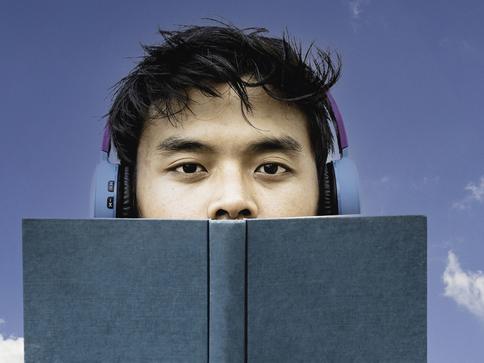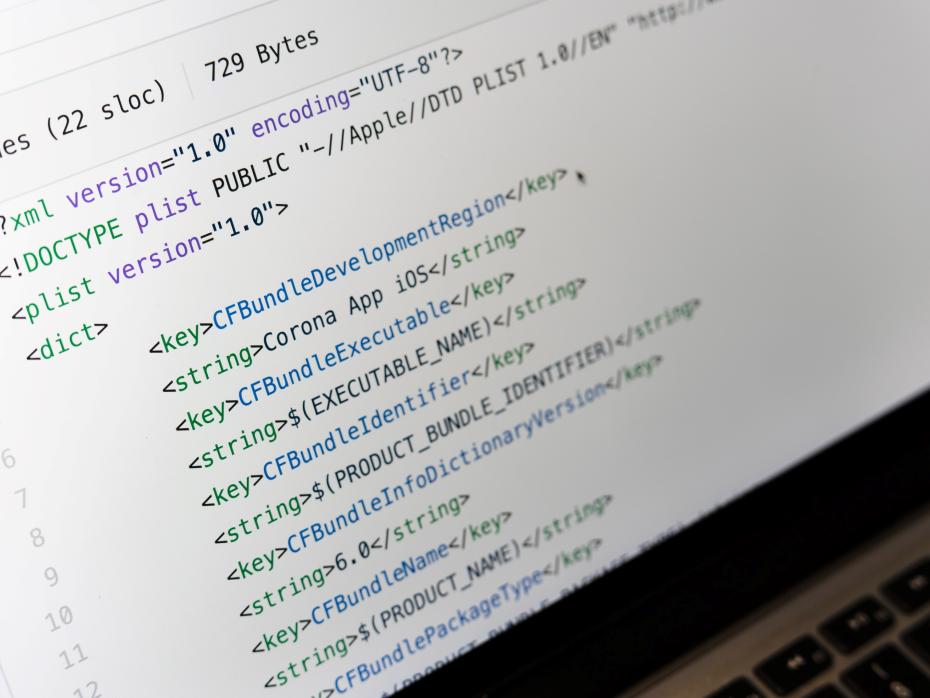
Enhancing learning from digital, audio and video resources

Digitally based educational materials are here to stay, so educators need strategies for how to maximise learning when using them. Research confirms that the choice of materials – print or digital, audio or video – can affect learning outcomes. Beyond cost and convenience, digital media have their advantages over traditional printed texts. A skilled audiobook narrator can keep listeners riveted, and watching a video on climate change can have a bigger impact than reading about the subject.
What I’m talking about here, though, is content that could be conveyed equally well in different formats. So how can teachers best incorporate a range of media into their lessons?
- Do our students need to be book smart or street smart? They need to be both
- Hyflex learning: what, why and how
- Five practical ways the literature classroom can help student careers
How the medium affects learning outcomes
Not all media produce the same learning outcomes. Students are prone to reading digitally, for example, with what I call a “Snapchat frame of mind”; they read for immediate viewing, but then the content is wiped from retrievable memory.
A number of apps and programsSpeechify enable students to convert text to audio and then speed up the playback. However, since people naturally process more words per minute when reading than when listening, it’s doubtful how much lasting education happens by speeding up the audio.
TED Talks contain valuable opportunities for learning, but don’t forget that the “E” in TED stands for “entertainment” (technology, entertainment and design). We don’t tend to approach these videos with a reflective mindset.
Here’s a snapshot of what we know about:
Reading in print versus digital text:
- Concentration is much better with print.
- When reading digitally, students multitask more – focusing less on what they’re reading.
- Students often read digital texts more quickly but comprehend less than they do with print.
- On comprehension tests, students typically show better learning with print.
- Print orients readers on the page and in the book. With digital reading, paging down rather than scrolling helps capture this sense of place and improves comprehension.
Listening to audio versus reading:
- Multitasking is extremely common when listening to audio.
- Audio is generally seen as a form of entertainment, not focused learning.
- On comprehension tests, students show better learning when reading text.
Watching video versus reading:
- Viewers generally see video as a form of entertainment, not focused learning.
- On comprehension tests, students show better learning when reading text.
How to maximise digital learning
Here are three takeaways to enhance learning on digital media:
- Distinguish between medium and mindset
Many of the learning differences between media result from the mindset we bring to them (mainly, that digital will take less time and mental effort). Raising students’ awareness of these expectations can help bridge the gap between digital and print learning.
- Raise consciousness – your students’ and your own
Most students are aware of media differences for learning, if you bother asking. Discuss with students their perceptions of how much they concentrate, remember or multitask when using print, digital, audio or video for learning. Teachers and administrators tend to assume students successfully use the media interchangeably. They don’t.
- Offer options
Not all students learn best the same way. Some students feel they can’t do their best learning with digital texts. Others feel more motivated to read when using digital. Where possible, facilitate students choosing media that help them do focused work.
Successful learning practices, regardless of medium
Good pedagogy is good pedagogy, regardless of the learning medium. These pointers apply equally to print and digital formats:
Set up students for learning
- Faculty goals: what do you hope students derive from the assignment? Are your goals explicit?
- Student goals: do students share faculty goals? Are students looking to master the material? Be entertained? Finish as quickly as possible?
- Distractions: reading an assignment while watching a YouTube clip or browsing Instagram is hardly the best way to concentrate. The same challenge goes for listening to a podcast assignment while at the gym.
- Assumptions: it’s easy for students to overestimate how much they’re absorbing when doing an assignment. Research shows that many students believe they comprehend more when reading digitally, although they’re typically wrong.
Enlist successful learning practices
- Annotation: writing individual comments (not just underlining or highlighting) fosters understanding. Digital texts can be annotated directly. For audio and video, making separate notes is often easiest, although video annotation tools exist.
- Reflection: encourage students to reflect on what they’ve encountered after reading, listening or viewing. Building on Mortimer Adler’s time-honoured How to Read a Book, suggest that students ask:
- What have I learned?
- Do I agree or disagree?
- What don’t I understand?
- How does this material connect with what I already know?
- Why does this material matter?
- Rereading/re-listening/re-viewing: it’s been said you can never read – only reread. Students are less likely to reread digital texts or to re-listen to audio or re-view video than they are to reread print. Explain the benefits of meaningful reviewing.
Beyond tailored strategies for enhancing learning with digital materials, the most important lessons are found in what we already know makes for good teaching.
Naomi S. Baron is professor emerita of linguistics at American University, Washington, DC. She is the author of How We Read Now: Strategic Choices for Print, Screen, and Audio (Oxford University Press, 2021) and Words on Screen: The Fate of Reading in a Digital World (Oxford University Press, 2015).
If you found this interesting and want advice and insight from academics and university staff delivered direct to your inbox each week, sign up for the THE Campus newsletter.


